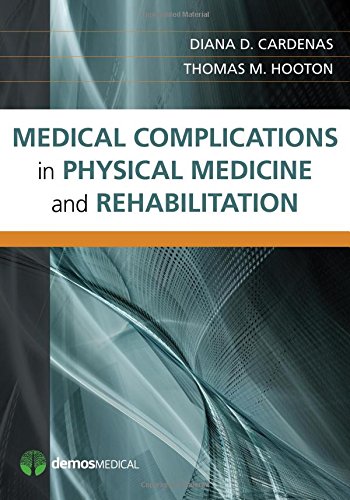

Most ebook files are in PDF format, so you can easily read them using various software such as Foxit Reader or directly on the Google Chrome browser.
Some ebook files are released by publishers in other formats such as .awz, .mobi, .epub, .fb2, etc. You may need to install specific software to read these formats on mobile/PC, such as Calibre.
Please read the tutorial at this link: https://ebookbell.com/faq
We offer FREE conversion to the popular formats you request; however, this may take some time. Therefore, right after payment, please email us, and we will try to provide the service as quickly as possible.
For some exceptional file formats or broken links (if any), please refrain from opening any disputes. Instead, email us first, and we will try to assist within a maximum of 6 hours.
EbookBell Team

0.0
0 reviewsThe only book to combine the perspectives of both physical medicine and rehabilitation and internal medicine, this practical handbook provides physiatrists and residents in training with a concise description of common medical concerns that can disrupt or complicate therapy and rehabilitation. It focuses on the major diagnostic categories of disabilities that are admitted for in-patient rehabilitation such as stroke, spinal cord injury, brain injury, amputation, multiple major trauma, neurological disorders, burns, musculoskeletal trauma, cancer, and other diseases or disorders. For easy reference, the book is organized by both diagnostic category and specific medical complications.
The first half of the book, organized by disability, provides an overview of the unique medical problems physiatrists are likely to encounter with each condition, when those complications will occur, and the best approaches to diagnosing and treating them early. The second part, written by acute care specialists, addresses the medical issues individually with more detailed chapters on specific complications and up-to-date information on treatment. These include urinary tract infection, osteomyelitis, antibiotic-associated diarrhea, hematologic complications, gastrointestinal complications, pulmonary complications, electrolyte disorders, and fever and sepsis.
Key Features: